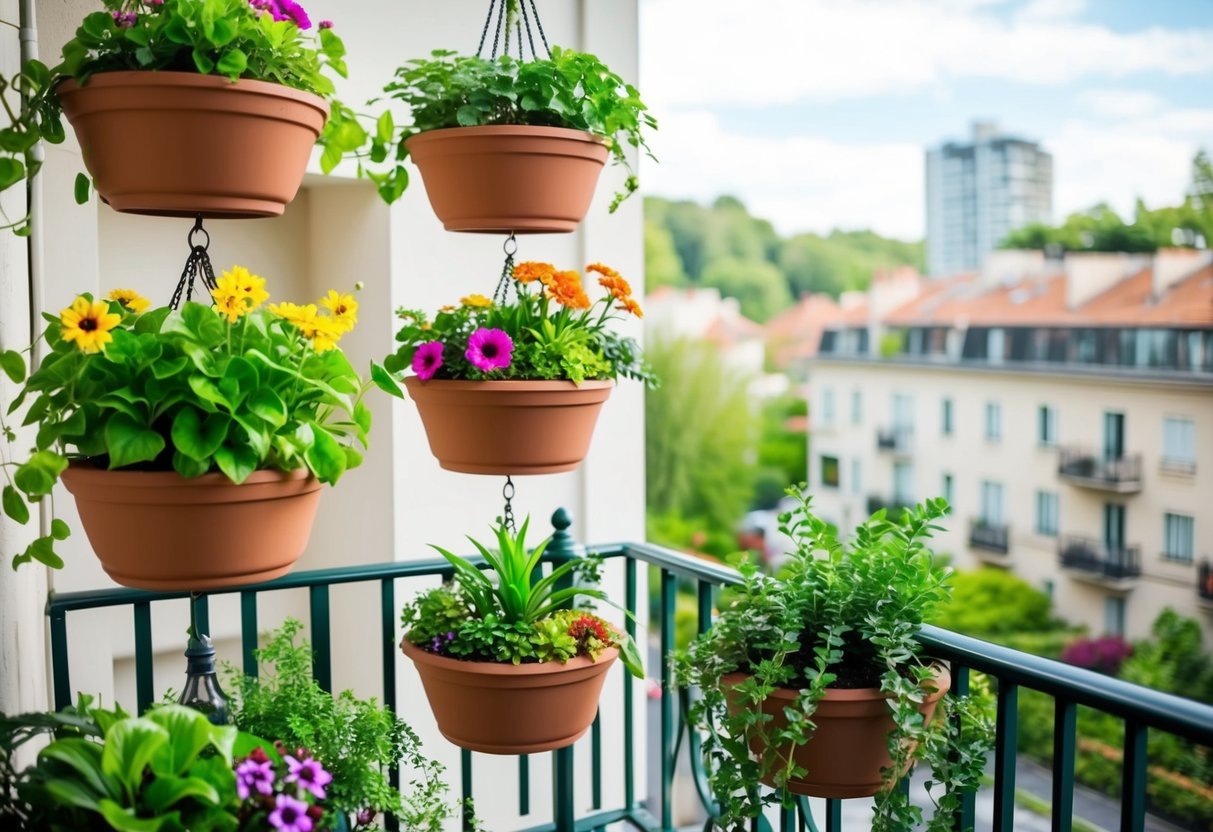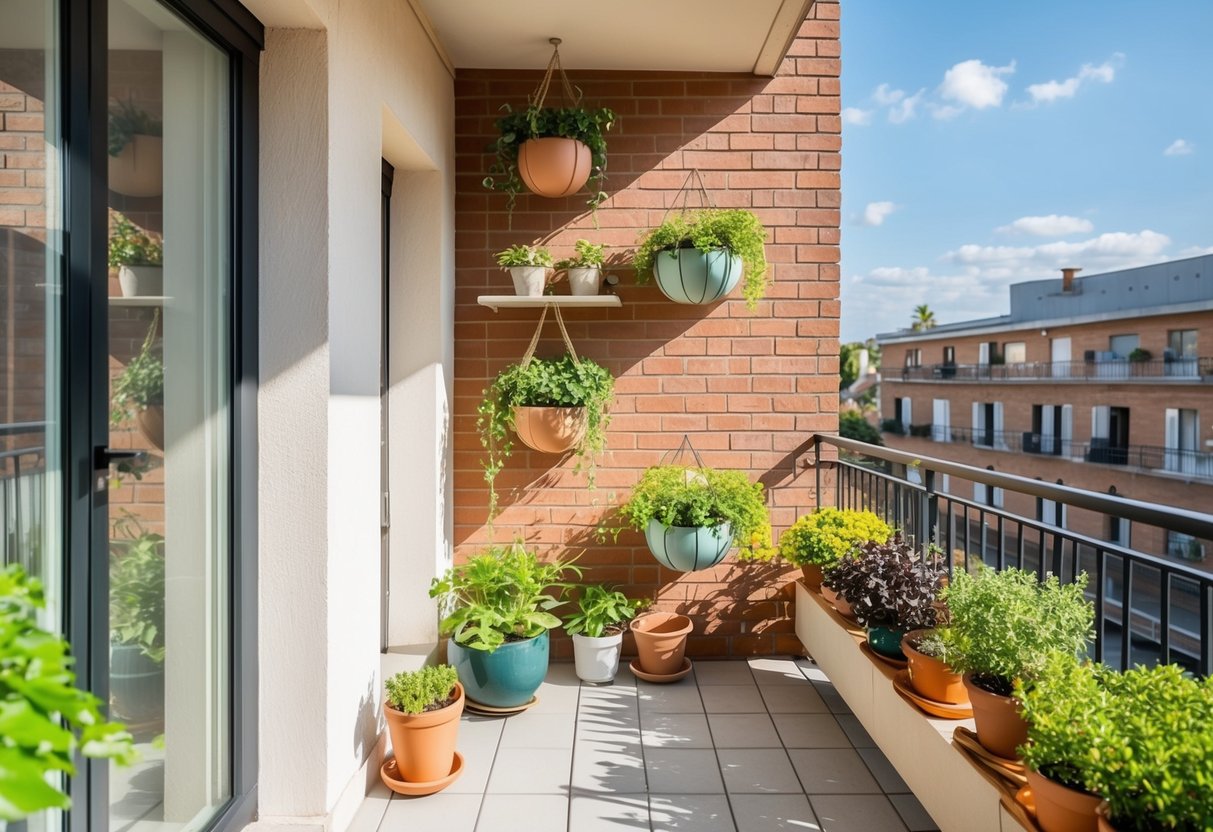
Urban living often limits outdoor space, but that doesn’t mean giving up on greenery. Quick and easy DIY vertical gardens offer a practical solution to incorporate plants into small spaces, turning walls into lush displays. These vertical gardens aren’t just functional; they also enhance the aesthetic appeal of homes, providing both beauty and a touch of nature.
Crafting a vertical garden can be surprisingly simple and affordable, making it accessible to everyone regardless of gardening experience. Ideas range from repurposing wooden pallets to using fabric pockets attached to walls. Each method offers unique opportunities to personalize and create a green oasis tailored to individual tastes and available space.
The beauty of vertical gardens is their adaptability, suiting any environment, whether indoors or out. They allow for the cultivation of a wide variety of plants, from vibrant flowers to fresh herbs. Embracing vertical gardening can transform plain spaces into verdant settings, maximizing the use of vertical space and enriching one’s living area with nature’s tranquility.
Understanding Vertical Gardening
Vertical gardening is an innovative approach that combines creativity with functionality, enabling gardeners to maximize limited space while enhancing environmental benefits. This method can lead to improved air quality and reduced noise levels.
Vertical Gardening Basics
At its core, vertical gardening involves growing plants on vertically suspended panels or structures. This technique allows for efficient use of space, especially in urban environments where gardening space is often limited. Vertical gardens can be created using various methods, from hanging pots and wall-mounted planters to hydroponic or intricate trellis systems.
Selecting the right location is crucial. Vertical gardens thrive in spaces with adequate sunlight and easy water access. It’s essential to choose plants suitable for vertical growth, considering the specific climate and light conditions of the area. Some popular choices include ferns, succulents, and flowering vines. Additionally, proper irrigation systems and nutrients ensure healthy plant growth. Crafting a balanced mix of plants can enhance the garden’s aesthetic appeal and functionality.
Benefits of Vertical Gardens
Vertical gardens not only beautify spaces but also offer numerous environmental and health advantages. One key benefit is improved air quality, as plants naturally filter toxins and produce oxygen. This is particularly beneficial in urban areas where pollution levels can be high. Vertical gardens also contribute to noise reduction by acting as sound barriers.
The ability to grow a significant number of plants in a compact area makes vertical gardens highly efficient. They provide urban dwellers a unique opportunity to cultivate fresh produce or decorative plants without needing vast tracts of land. Moreover, vertical gardens can insulate buildings, reducing energy costs by maintaining indoor temperatures. This sustainable practice combines aesthetics with ecological benefits, making it an appealing choice for modern gardeners.
Choosing Your Vertical Garden Location

Selecting a location for your vertical garden is crucial to its success. It involves evaluating both light conditions and available space to ensure optimal plant growth and longevity.
Assessing Light and Shade
When choosing a location for a vertical garden, it’s important to consider the amount of sunlight the area receives. Sunlight is a key factor, as different plants have varying light requirements. Locations such as balconies and patios can provide excellent spots for maximizing sunlight exposure.
It’s beneficial to observe how sunlight changes throughout the day. Take into account whether the area is exposed to direct sunlight, partial shade, or is mostly in shade. Ensuring that the chosen plants are suited to the light conditions will lead to a more thriving garden.
Considering Space and Structure
Space and structure are equally important when deciding on a location for your vertical garden. Look at the available vertical space on walls, fences, or standalone structures within the area. Balconies and patios offer unique opportunities for creative, space-saving garden designs.
Consider the weight of the garden setup and whether the supporting structure can handle it. It’s important to plan for water irrigation and drainage to prevent water overflow or damage to surrounding areas. Ensure that the space is accessible for maintenance, allowing easy pruning and watering.